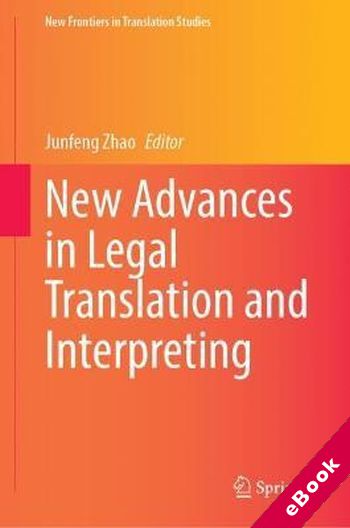
The device(s) you use to access the eBook content must be authorized with an Adobe ID before you download the product otherwise it will fail to register correctly.
For further information see https://www.wildy.com/ebook-formats
Once the order is confirmed an automated e-mail will be sent to you to allow you to download the eBook.
All eBooks are supplied firm sale and cannot be returned. If you believe there is a fault with your eBook then contact us on ebooks@wildy.com and we will help in resolving the issue. This does not affect your statutory rights.
This book describes interdisciplinary exploration of matters related to the translation and interpreting of legal texts. Translation of legal texts has grown exponentially since the beginning of new millennium in response to the fast-increasing volume of international trade and business as well as all sorts of other transnational activities in a myriad of spheres. International trade demands translation of trade laws and business contracts, immigration leads to rise in court interpreting services, and countries may seek to enhance their international influence through translating and making known to the world their laws and/or other legal documents. These legal translation activities occurred mostly between languages officially used in international or regional organizations, such as the United Nations and the European Union, and between the languages of major countries who exert or seek influence on international economy and law. On the other hand, rapid advances in computer technology and artificial intelligence in recent years have also brought about changes in the practices of legal translation. With changes also come problems in both theory and practice that merit our immediate attention. This edited volume highlights the newest developments in the theory, practice, and training of legal translation, with contributions from international leading researchers in this area. It will be a standard reference for anyone who is to embark on research and practice of legal translation in the twenty-first century. It is also adaptable as teaching materials for translation and interpreting training.